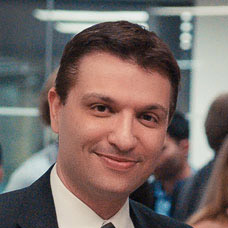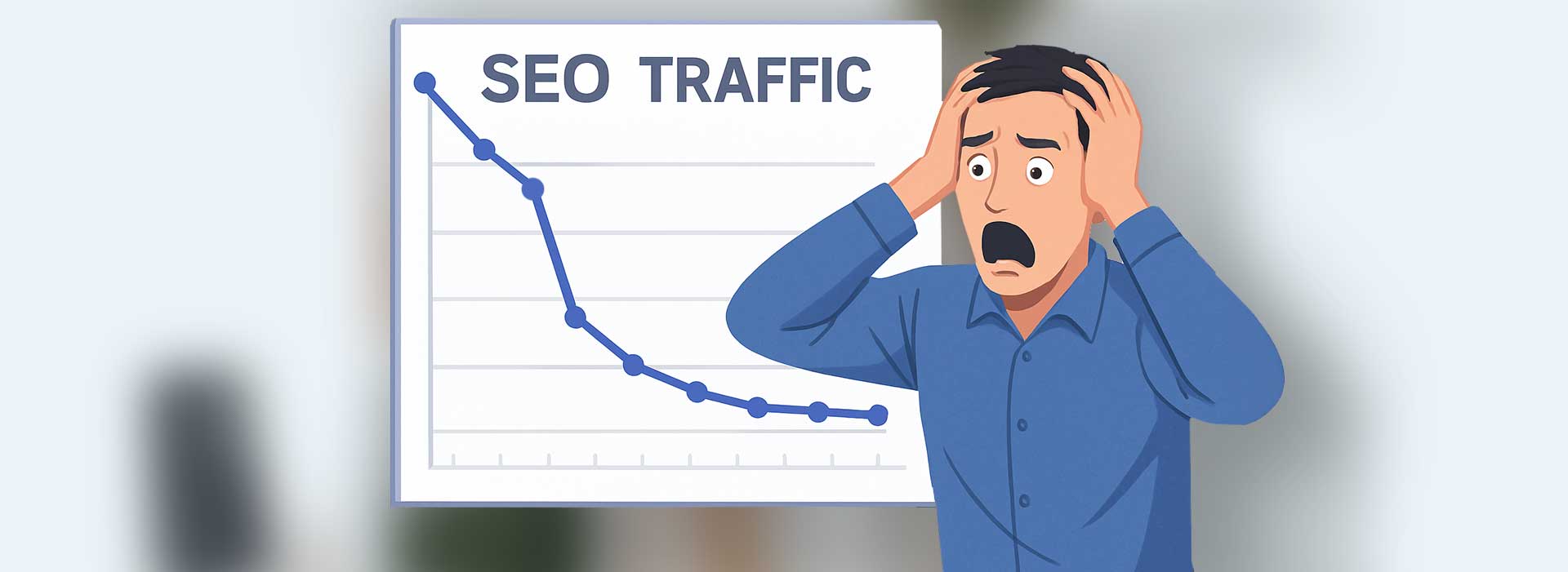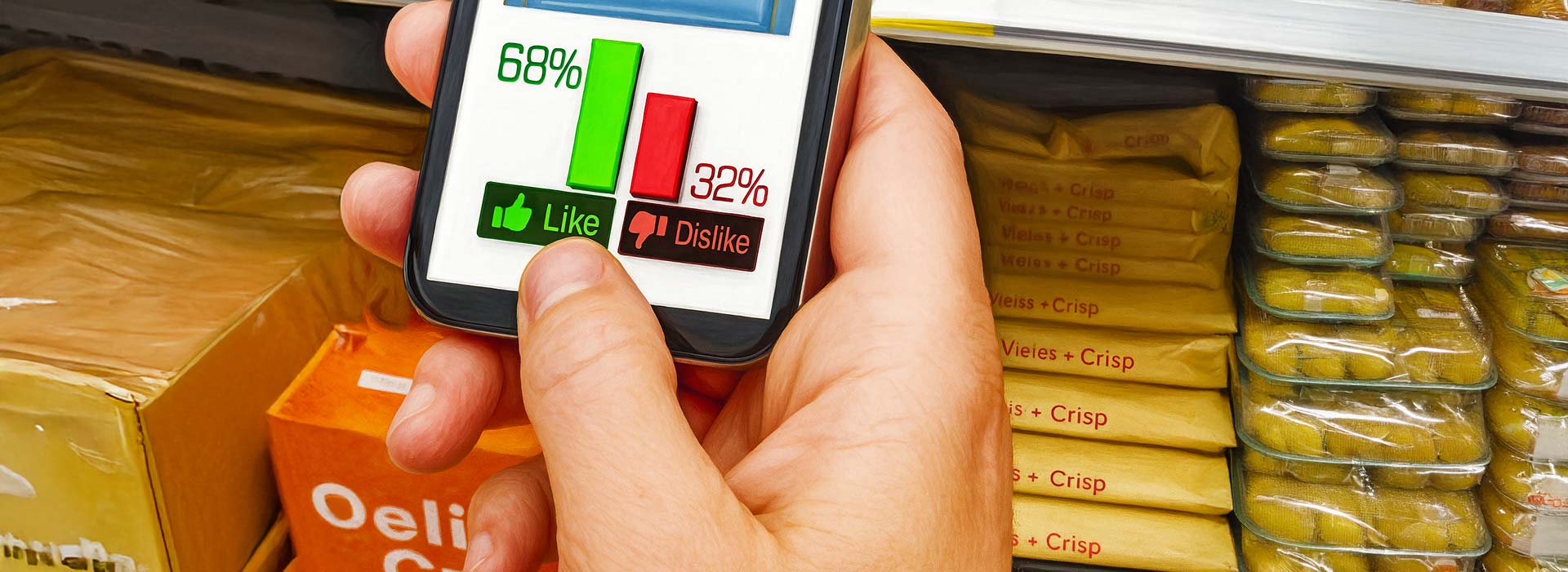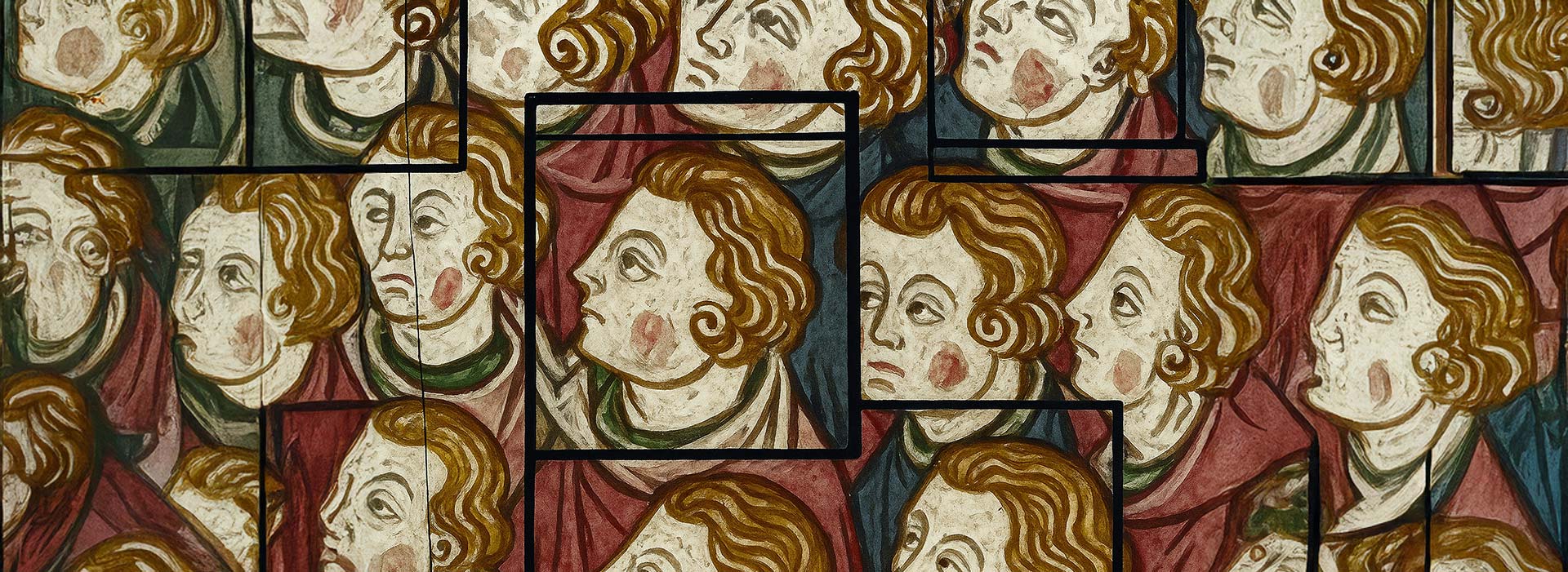With the rapid advancement of AI-generated text, questions surrounding copyright ownership have become significant. The U.S. Copyright Office has made it clear that works created by non-humans are not eligible for copyright protection. Consequently, AI-generated text cannot be copyrighted. However, the legal landscape surrounding this issue is far from straightforward.
The current legal framework asserts that copyright protection is reserved for works created by human authors. This position, upheld by the U.S. Copyright Office, means that any text generated solely by AI does not qualify for copyright. This ruling aligns with the fundamental principle of copyright law, which is designed to protect human creativity and innovation.
Challenges of Proving AI Origin
Despite the clear stance of the U.S. Copyright Office, the situation becomes complicated when considering the role of human input in generating AI text. AI-generated content typically originates from human commands and instructions, which guide the AI in producing unique creations.
One of the most pressing issues is the difficulty of proving that a piece of text was generated by AI rather than a human. In scenarios where an individual uses AI-generated text, they might face copyright infringement claims from someone who holds the original version. Demonstrating that the text was created by AI and not by a human can be challenging, particularly when the claimant has the original work saved in their computers or in the cloud.
Given these complexities, the primary concern shifts from whether AI-generated text can be copyrighted to the challenge of proving its AI origins. This issue shows the importance of careful management and documentation when using AI tools to generate text. It is better to avoid using text from the internet without proper licensing and to be cautious in assuming that text is AI-generated and free from copyright restrictions.
To navigate this landscape effectively, individuals and businesses should consider the following recommendations:
- Document the AI Generation Process
Keep detailed records of the commands and inputs used to generate AI text. This documentation can serve as evidence in case of copyright disputes. - Use Licensed AI Tools
Ensure that the AI tools and platforms used for generating text have clear licensing agreements and terms of use. - Avoid Unlicensed Text
Do not use text from the internet or other sources without verifying its copyright status and obtaining proper licensing.
AI Derivatives and the Threshold of Originality
A derivative work is one that is based on one or more pre-existing works but has been modified in a way to be considered original. This principle is captured in 17 U.S.C. § 106(2) of The Copyright Act, which grants the exclusive right to create derivative works from a copyrighted piece. According to the Act, a “derivative work” is defined as any creation that is based on or derived from existing works, and this concept is upheld internationally in various copyright laws.
For a derivative work to gain copyright protection, it must achieve a certain level of originality and creativity. This means the new work must be distinct enough from the original to be considered a separate entity. A notable example is the art of Andy Warhol, who transformed commercial packaging from copyrighted designs into unique pieces of art. Warhol’s works, though derivative, were recognized as his own copyrighted creations due to the significant creative transformation they underwent.
Application to AI-Generated Text
This principle of transformation and originality extends to AI-generated text as well. While AI can produce text based on human input, the question arises: can AI-generated text be modified into a new, original work by human creativity? The answer lies in the extent of human involvement in modifying, adjusting, and enhancing the AI-generated content.
When humans modify AI-generated text, infusing it with their creativity, the result can be a work that is no longer fully AI-generated. This modification can include significant changes, additions, and reinterpretations that elevate the text to a new level of originality. Even though the modified text might retain elements of its AI origin, the human input can be substantial enough to render it an original piece of work.
This distinction is crucial for understanding the copyright status of AI-modified works. It challenges the assumption that digital text with AI characteristics is entirely AI-created and therefore not eligible for copyright protection. By recognizing the human contribution in modifying AI-generated text, it’s acknowledged as a new creation, original works that merit copyright protection under existing laws.
Landscape of AI-Generated Works: Key Takeaways
The rapid advancement of AI technologies has outpaced the current legal framework, creating a murky landscape for the status of AI-generated works. Existing copyright laws have been primarily applied to human-created works, leaving the legal status of AI-generated content somewhat unclear. Scholars and legal experts are actively debating how to adapt these laws to new technological realities.
One of the central questions posed by Prof. Dr. Gervais is whether a derivative work must be original to infringe on the rights of a third party (Gervais, 2022, p. 10). Legal experts have suggested that the original work does not necessarily need to be human-created for a derivative work to be eligible for copyright. This interpretation opens the door for AI-generated works to gain copyright protection if they are sufficiently modified by human creativity.
As discussions continue to evolve in both legal and scientific communities, it is crucial to consider the practical implications of using AI-generated media. Here are some key takeaways for navigating this complex landscape:
- AI-Created Text is Not Copyrighted
Fully AI-generated content are not eligible for copyright protection. This means you can use AI technologies to create content without worrying about licensing issues. However, this also means that anyone else can use the same AI-generated text without violating copyright laws.
Example: If you create content using an AI tool, another user might generate the same content from the AI’s database independently. Since the text has no copyright, it is free for anyone to use. - Avoid Downloading from Unverified Sources
Be cautious when copying text from third-party websites that claim to provide AI-generated text. Without confirmation, you cannot be certain whether the text has been modified by a human to meet the threshold of originality and achieve copyright status.
It is best to create AI content yourself or download them from reputable sources that offer proper licensing agreements. This ensures that you are aware of the text’s origin and its copyright status.
Sources:
Gervais, Daniel J. (2022): “AI Derivatives: The Application to the Derivative Work Right to Literary and Artistic Productions of AI Machines”, Seton Hall Law Review, Vol. 53, 2022, Vanderbilt Law Research Paper No. 22-12, https://papers.ssrn.com/sol3/papers.cfm?abstract_id=4022665 (retrieved on 5/17/2024).

 by
by 

